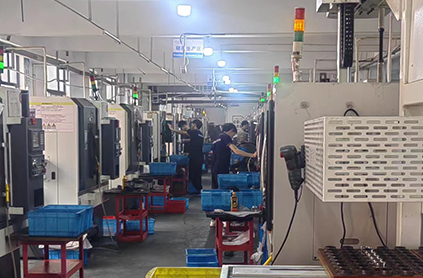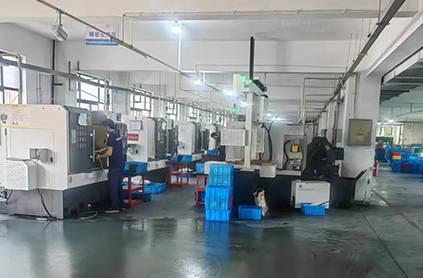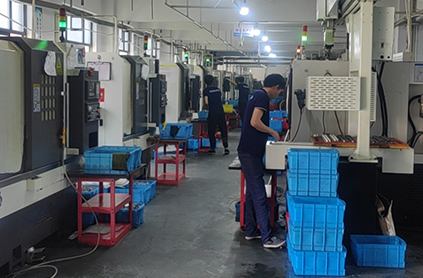On site emergency handling of high-temperature faults
(1) Boiling is one of the common faults caused by high temperature in construction machinery. When the water temperature is too high, do not rush to open the radiator cover to dissipate heat, as this can easily cause hot water to spray out and injure people. It should be cooled naturally before replenishing water; According to operational experience and engineering machinery operating standards, when the operator discovers that the engine is "boiling", they should immediately stop the operation, do not turn off the engine, let the engine idle, and open all the blinds to increase air flow, so that the water temperature slowly drops under the action of the cooling fan and releases a large number of bubbles generated by the cooling system.
When the engine idles for a few minutes and the water temperature drops and no longer boils, wrap a towel or veil around the water radiator cap, carefully unscrew a part of the water radiator cap, release water vapor, and make sure that the water vapor in the radiator is released. Then, unscrew all the water radiator caps. During the process of unscrewing the water radiator cap, remember not to expose your arms and avoid your face above the water inlet to prevent hot water from spraying and burning your face.
If the engine has stalled, quickly start the engine and let it idle; If the engine cannot be restarted after stalling, the throttle should be turned off and the crankshaft should be cranked with a hand crank; If there is no hand crank, the starter can be used intermittently to make the piston move up and down several times, and the heat inside the cylinder can be dissipated through the ventilation movement of suction and exhaust.
(2) When adding coolant, add the same type of coolant as in the radiator. Do not add tap water randomly unless it is for emergency treatment. When adding cooling water to the radiator, be sure to wait until the water temperature drops to around 70 ℃ before proceeding; The "gradual water injection method" should be adopted to gradually cool down, rather than adding water too vigorously or too quickly at once. That is, when adding water, the engine should be idling while slowly adding water, and the water should flow slowly to ensure the safety of operators and equipment.
(3) When the brake or other parts overheat, do not use water to cool them down. This will reduce their lifespan and performance, causing deformation or even cracking of the components. Therefore, it is necessary to stop the machine and allow it to cool naturally.
 CHINESE
CHINESE JAPANESE
JAPANESE KOREAN
KOREAN




